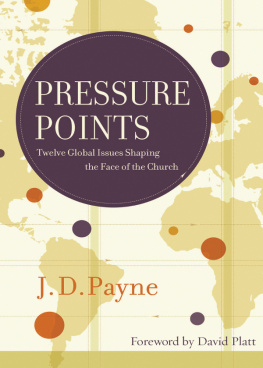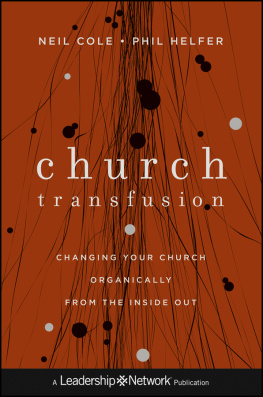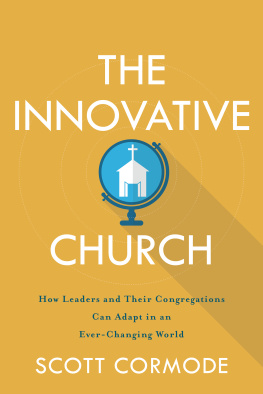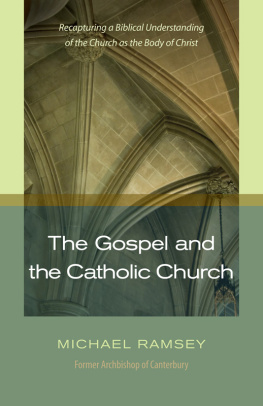
Kingdom Expressions
Other Books by J. D. Payne
Missional House Churches: Reaching
Our Communities with the Gospel
Discovering Church Planting: An
Introduction to the Whats, Whys,
and Hows of Global Church Planting
The Barnabas Factors: Eight
Essential Practices of Church
Planting Team Members
Evangelism: A Biblical Response
to Todays Questions
2012 by J. D. Payne
All rights reserved. No portion of this book may be reproduced, stored in a retrieval system, or transmitted in any form or by any meanselectronic, mechanical, photo copy, recording, scanning, or otherexcept for brief quotations in critical reviews or articles, without the prior written permission of the publisher.
Published in Nashville, Tennessee, by Thomas Nelson. Thomas Nelson is a registered trademark of Thomas Nelson, Inc.
Thomas Nelson, Inc., titles may be purchased in bulk for educational, business, fundraising, or sales promotional use. For information, please e-mail SpecialMarkets@ThomasNelson.com.
Typesetting by Kevin A. Wilson, Upper Case Textual Services, Lawrence, MA
ISBN 978-1-4185-4596-3
Printed in the United States of America
12 13 14 15 16 QG 6 5 4 3 2 1
To the Lord, who allows kingdom expressions for his glory
and
to Sarah, an amazing expression of his love to me
Contents
During the twentieth century and first decade of the twenty-first century, American Evangelicals observed the rise of unique trends and movements. Many of these new religious expressions developed from deep convictions regarding the missionary nature of the church. Evangelicals wrestled deeply with how to better evangelize the nations, both across the street and across the world. What started with a heightened evangelistic zeal among a few people oftentimes developed into movements to advance the gospel, with large numbers of participants and abundant resources. While many individuals and churches participating in these new expressions remained loyal to their denominations, these new trends and movements were not bound to a single denomination. They often developed and matured outside of any one denominational authority.
The purpose of this book is to focus on several of the most influential expressions of missionary-type movements among evangelicals, which developed out of a distinctly missionary zeal to carry out the Great Commission by making disciples of all nations (Matt. 28:1820). The parameters of this book are to focus on those expressions that have shaped and influenced the church in the United States in particular. Seventeen years as an evangelical minister, educator, and missiologist provide me wisdom as an authoritative source on such matters that should be included in this work.
However, books in general are always limited by length. And a reference book, in particular, is rarely exhaustive and highly influenced by the authors background and interests at the moment. I know that some readers will immediately identify omissions in this book upon examining the table of contents. For example, this book does not address the Signs and Wonders Movement, a movement that had great influence and garnered much attention in the evangelical world. But even with the noticeable lack of expressions deserving recognition, I think you will find this book to be of assistance to you.
Each of the expressions discussed in this book share common threads. As you read, please keep in mind the following commonalities. First, all of these movements and trends have evangelical roots and are currently taking place (or have taken place) within evangelical churches. And like the greater American Evangelicalism, there is a wide theological spectrum represented. Also, the emphasis on evangelical roots should not cause you to assume that mainline, Catholic, or Orthodox churches avoided or failed to contribute to such expressions. For example, there were many mainline contributions to the Missional Church Movement, and many mainline, Catholic, and Orthodox contributions to the Emergent group connected to the Emerging Church Movement.
Second, the expressions addressed in this book are not exclusive to a particular denomination. It would be best to state that they are transdenominational (involving many denominations) and nondenominational (of no one denomination). It should be observed that the influence of these expressions has been carried over into various denominations. An example of this would be the networks of developing cowboy churches that are Southern Baptist in their affiliation.
Third, the expressions examined in this book are not necessarily mutually exclusive. At times there is much overlap among them. For example, the Spiritual Warfare Movement was highly influenced by elements of the Church Growth Movement. The Missional Church Movement has extended its influence in a multitude of areas, including into the Multisite Church Movement, among numerous church planting networks, Emerging Church Movement, and the Cowboy Church Movement, just to name a few. Many megachurches are also multisite churches. The Lausanne Movement has had an impact on most of those movements and trends addressed in this book.
Fourth, while there is theological and methodological diversity found among the groups addressed in this book, most of them have started with a desire to better contextualize the gospel for a twenty-first-century audience, both in the United States and throughout the world. Developments in missiology regarding the importance of understanding cultures and worldviews, cross-cultural communications, and church planting have influenced these groups to be more engaged in sharing what they believe to be biblical truth within their immediate contexts and throughout the world.
Finally, and closely related to the aforementioned point, these groups developed from a desire to see more people come to faith in Jesus. While it can and should be debated as to whether or not some of these groups have lost this original missionary convictionand even lack a biblical understanding of the gospelsuch discussions are beyond the scope of this book. What is understood from the study of these expressions is that in their origins, there was a desire to see more people enter the kingdom of God.
Throughout this book I have attempted to remain as objective as possible, without providing critique. Since this is a reference book, this approach allows both history and the convictions of such movements to speak for themselves. While there are several expressions in this book in which I am in much agreement, there are others that trouble me to various degrees. My objective is to present the facts and allow those involved in such expressions to speak for themselves.
As with any reference book, the content of this book will provide you with an overview of the topics examined. You will be exposed to definitions, history, common convictions, and individuals who have provided representative leadership for the expression. For those of you interested in further examination of any of the topics of this book, I have concluded each chapter with a short list of resources for additional study. Not only will these provide you with additional depth and insight; they will also contain additional lists of topics and resources for your consideration.
It should also be noted that some of these expressions have already gone through their life cycles, with few people still talking about them. For example, little discussion takes place today in the United States regarding the Church Growth Movement or the Seeker Movement. However, other expressions are just past their births and in the adolescent stages. Here we find Cowboy/Biker/ Hip-Hop Churches and the Multisite Church Movement. Regardless of whether or not such expressions are considered pass or current, their influence lives on and they are worthy of being listed in such a reference book. The church stands on the shoulders of those who have gone before uswhether we like it or not.
Next page











